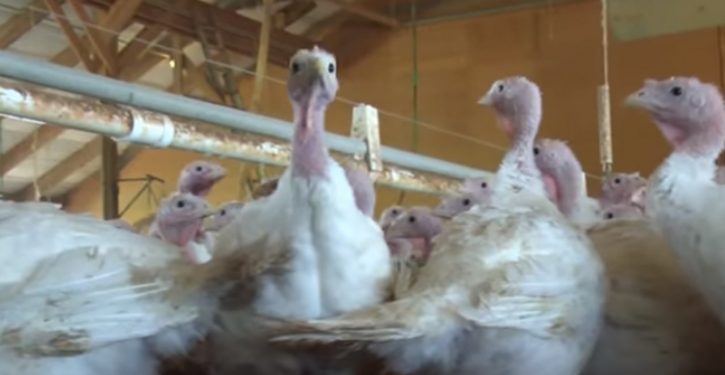
Farmers’ expenses are rising far faster than the general inflation rate, foreshadowing big food price hikes in the future. Moreover, supplies of fertilizer and nutrients are becoming scarcer, and animal feed is getting more expensive.
“We risk a very low crop in the next harvest,” said the president of fertilizer giant Yara International last November. “I’m afraid we’re going to have a food crisis.” He pointed to the rising cost of natural gas, which is needed to produce ammonia from which urea, a key fertilizer component, is generated. Prices for urea — “yes, the stuff in urine — are soaring to levels not seen in over a decade,” reported the New York Times in December. “People and industries of all kinds are feeling the shocks.”
Prices for alternatives to urea are also rising because of trade barriers and government restrictions that have impacted the supply chain. The U.S. government recently suspended sanctions on potash from Belarus, which generates about a fifth of the entire world’s supply, but other trade restrictions are still in place for fertilizer and its components. So key inputs for producing food are becoming increasingly expensive and increasingly scarce.
“Among farmers and ranchers, very few topics are being discussed as much as the skyrocketing cost of fertilizer and increasing concerns regarding availability,” says the American Farm Bureau.
Outside the U.S., the impact will be far greater than in the U.S.. The U.S. is the world’s largest food exporter, so if food production in the U.S. falls, it may still have enough for its own citizens. But other countries, many of whom import much of their food, are in a much more precarious position. Hundreds of thousands could starve in poor, food-importing countries like Yemen.
“High fertilizer prices could exert inflationary pressures on food prices, compounding food security concerns at a time when the COVID-19 pandemic and climate change are making access to food more difficult,” says the World Bank.
Global food prices rose 27.3 percent from November 2020 to November 2021, according to the UN Food and Agriculture Organization.The pandemic has left the world’s poorest less able to cope with rising prices (as have lockdowns and pandemic-related trade restrictions).
“In 2021, the average incomes of people in the bottom 40 percent of the global income distribution are 6.7 percent lower than pre-pandemic projections, while those of people in the top 40 percent are down 2.8 percent,” said the World Bank.
“Higher farm input costs, expensive shipping and good demand provide for a grim combination,” notes a farm-oriented bank in its recent report, Outlook 2022: Hell in the Handbasket. “We should see these inflationary pressures upstream move along the supply chain to reach consumers in 2022.”
Other factors have aggravated price hikes and disruptions in energy supplies. Hurricane Ida disrupted the production of natural gas “more than any other hurricane over the past ten years,” according to the U.S. Energy Information Administration. Diminishing winds reduced windpower in Europe, increasing consumption and prices for fossil fuels. Drought curtailed hydropower production in China and other countries, forcing them to rely more on fossil fuels in competition with the rest of the world.
Lockdowns in response to the coronavirus disrupted manufacturing, shipping, and overall economic activity.
“In the fall, soaring electricity demand led the southwestern province of Yunnan, a key phosphate producer, to order drastic production cuts by energy-hungry industries, including fertilizer,” noted the New York Times.
“Major fertilizer producers Yara International ASA and CF Industries Holdings Inc. said soaring energy costs are forcing them to halt some output of nutrients crucial for growing crops,” reported Bloomberg News.
Bans on fertilizer exports by China and Russia have aggravated to the problem. America, too, has imposed trade barriers, resulting in self-inflicted economic wounds. “Only 15% of phosphorous imports now come into the U.S. without tariffs,” noted the National Corn Growers Association, complaining that there is allegedly an “insurmountable tariff barrier” to supplies from countries like Morocco.
Biden has also made it harder to produce fossil fuels. His motive may have been to promote renewable energy, but the result was to reduce the supply of raw materials needed to make fertilizer for growing food.



